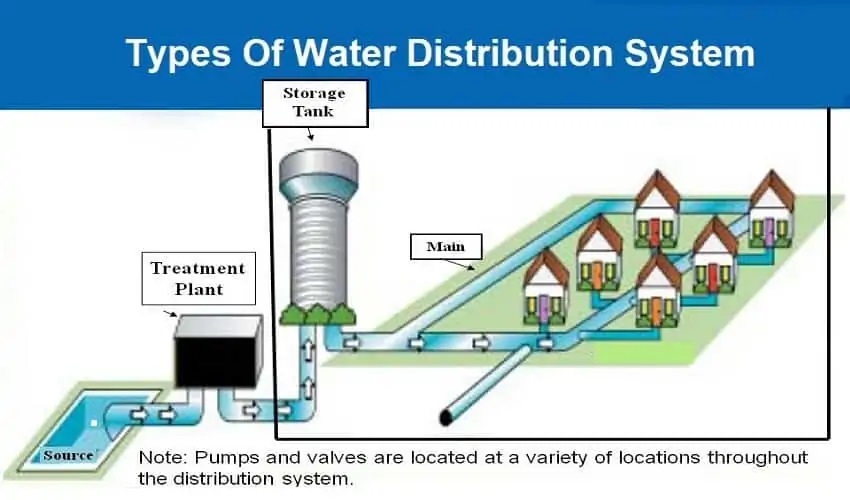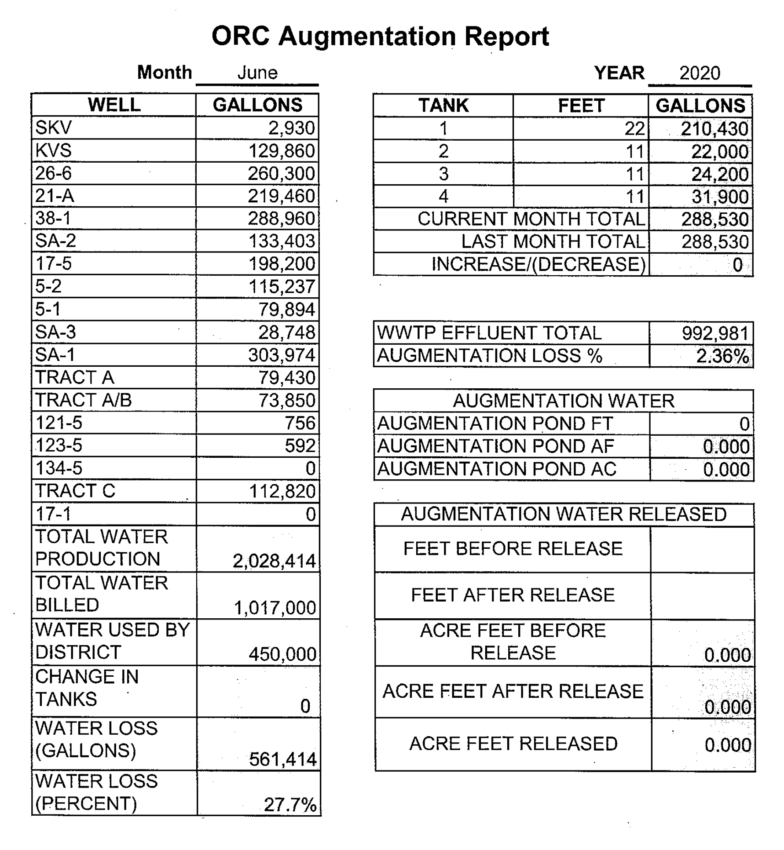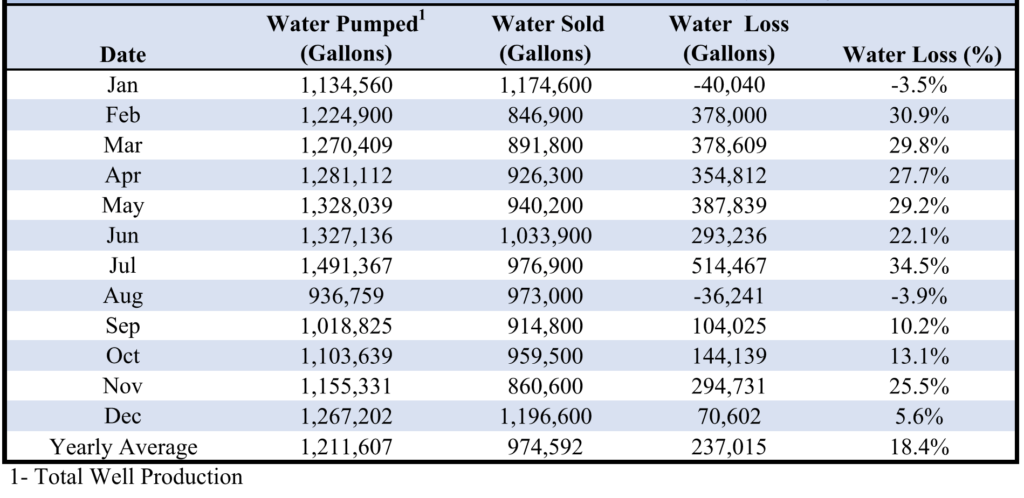In a recent episode of Engineering for Communities Live, The Importance of Detailed Water Loss Analysis | EP 9, we explored the significance of conducting detailed water loss analysis in rural water and sewer communities. We initiated the discussion by sharing insights from our interviews with water and sewer providers in Colorado and Texas. Surprisingly, half of the 14 water providers interviewed were grappling with unidentified water losses, highlighting the need for a more comprehensive approach.
We further explored why an in-depth water loss analysis is crucial. With the cost of water escalating, especially in rural areas of Colorado, identifying aging infrastructure and prioritizing replacements becomes essential. Moreover, the analysis is a prerequisite for receiving loan and grant funding for projects and fulfilling regulatory compliance. Over time, conducting detailed water loss analysis leads to financial savings for the district and guarantees a continuous supply of water to end users.

A common limitation of typical water loss reports, such as augmentation reports, is that they often fail to capture the entire picture. By not quantifying what leaves the wellhead and enters the treatment plant, it becomes challenging to devise effective solutions for water losses. To illustrate this, we examined a case study of a rural community in Colorado. This community, originally built by a developer and later managed by a metro district, was experiencing a significant 30% water loss due to aging infrastructure and poor record-keeping. Over four years, we managed to reduce their water losses down to 7%, underscoring the benefits of a detailed water loss analysis.

Through this episode, we aimed to shed light on the importance of water loss analysis in preserving water resources, ensuring financial savings, and protecting end users. By conducting a detailed analysis, rural water and sewer providers can identify problem areas, strategize solutions, and maintain a reliable and efficient water supply system. We believe that these insights will be instrumental in driving change and improving water management practices in rural communities across Colorado and beyond.
Next, we discussed a case study from a Colorado community. We discussed how identifying and addressing issues in water distribution systems can lead to significant improvements in the efficiency and cost-effectiveness of operations.
In the first two years of our project, we rapidly pinpointed the problems in the community’s water distribution system. The data was unclear, but we recognized the need to replace the water meters and move them closer to the road. This adjustment allowed the district to identify and fix broken lines more efficiently. In response, we implemented a smart metering system, which enabled us to remotely monitor water usage and quickly detect significant leaks in service lines.
Between the second and fourth years, we focused on replacing the main lines in the water distribution system. We secured funding for engineering and design work and solicited competitive bids to replace as much of the old piping as possible. During this process, we prioritized areas that affected the most users.

A crucial discovery came when we found a small break in the piping of the district’s best well, which dramatically reduced its output. This incident underlined the importance of regular monitoring and data collection from all components of the system, not just the main lines. It also highlighted the fact that raw water lines could have leaks and require priority attention.
As a result of our efforts, we replaced about 80% of the main system and all the raw water lines – all at a cost of 40 cents on the dollar. We achieved this through securing engineering grants, matching grants from the state, and low-interest loans. The changes led to a substantial decrease in water losses, from 30% to 7%.
In addition, we implemented a SCADA monitoring system for the water tank, which allowed us to track trends and visualize data over time. This system enabled us to see the decrease in water losses and observe changes in demand.
Our experience highlights the importance of thorough water loss analysis and its potential to significantly improve efficiency and reduce costs for rural water and sewer providers. It also underscores the significance of monitoring raw water lines and wells, in addition to the main distribution system.
We’re planning to share more valuable insights and data with our community. Feel free to follow Engineers for Communities on LinkedIn for more content on this and other engineering topics. Your questions and feedback are always welcome.

About Engineers for Communities
We are here to allow smaller disadvantaged communities in Colorado, Texas, and other states to connect on topics such as water, wastewater, city project planning, government funding, and everything in between.
On the LIVE Engineers for Communities show, you’ll learn the hard-fought lessons from the front lines earned by various community leaders who have already had their teeth bashed in and lived to talk about it. We’ll share the tips, tricks, mindsets, and frameworks that allow great communities to preserve. Register to attend the live show, ask questions, and level up. It’s every selected Thursday starting at 12:00PM MT.
